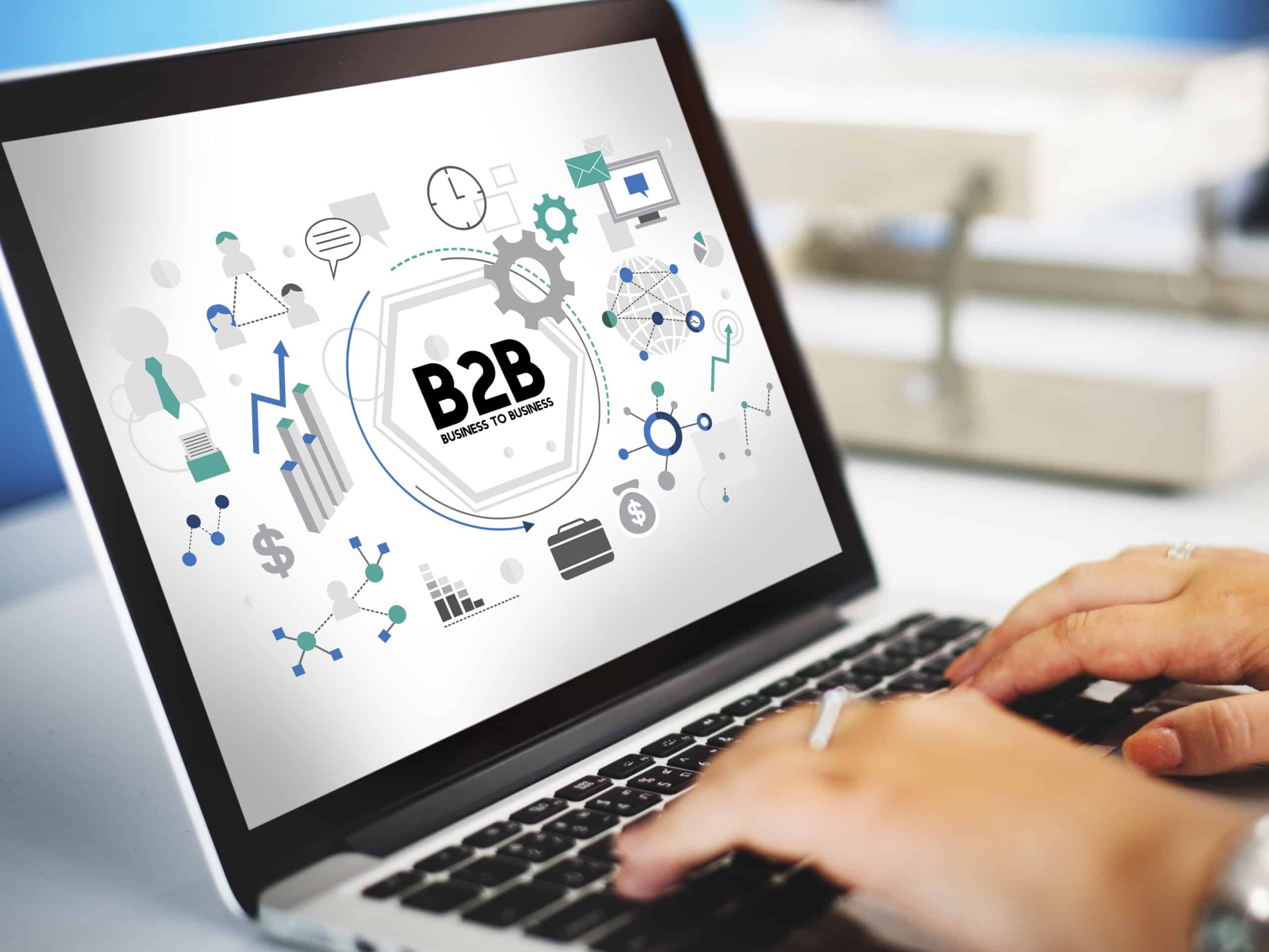Every year, or even every few months, technology, the social landscape and customer habits change. Digital marketing isn’t immune to change, and that’s why it’s crucial to stay on top of your digital marketing game.
There are several tried and true B2B digital marketing tactics that will always be impactful, but there are also newer strategies that deserve some more of your attention. We’ve gathered what we think are some of the best B2B digital marketing strategies of 2023.
We at Dirxion are always trying to stay at the forefront of these trends so we can better educate our clients and make adjustments and improvements to our industry-defining digital product catalogs. Digital catalogs are a big part of digital marketing today, and if you need help developing one, get in touch with us today!
Keep Your Web Presence Connected and Seamless
Keeping a cohesive presence online goes a long way in building credibility. When potential partners are looking for a business to work with, they don’t want any element of confusion. If somebody goes to your website after looking at a LinkedIn post, you want to ensure that both the website and post sound cohesive and like they’re coming from the same company. Another way to keep everything cohesive is by linking your assets and websites across posts and campaigns. If you have a digital catalog to share, you’ll want to make sure you sprinkle those links in your social media posts when applicable. Your digital catalogs should not be hidden; make sure they’re easy to access and that it’s easy for users to go from posts to catalogs and website links with no issues.
Email Marketing is Still Important
In the B2B industry, email campaigns are still a crucial part of digital marketing strategies and lead generation in 2023. Your email campaigns should tie to the release of your digital catalogs. If there’s a new product line coming out, it’s important to announce it with an email campaign so the right people see it. Even if there isn’t a new catalog release, you can include an evergreen link to your master catalog in your email template footer. This way prospects will have easy access to the product information they need.
Understanding Artificial Intelligence (AI)
Whether we like it or not, AI is no longer a trend and is here to stay. In some way, AI powers most of the digital and social media marketing we consume and utilize every day. The AI impact we think is most important to B2B business goals is the way it is integrated into digital marketing channels.
Algorithms on social media platforms are responsible for what posts your target audiences engage with and the ads that are displayed. A few years ago, the AI impact on social media ad algorithms might not have seemed like a big deal, but today that connection is far more sophisticated. Users are now better connected to applicable posts, companies and products. To ensure your social media posts are reaching the right people, it’s key to examine the impact that AI is having on your primary social media channels. If you better understand how AI and algorithms are affecting your B2B social media posts, then you can more intelligently develop your social media strategy and posts to reach your target audiences.
Keep the Customer Experience and Messaging at the Forefront
Competitors and other companies are also trying to perfect their B2B digital marketing plans. One of the ways to stand out from the competition is to develop a strategy that prioritizes the customer experience and clear messaging.
For example, the way search engine optimization (SEO) is being assessed is changing over time. Several years ago, SEO favored content that was heavily filled with keyword phrases. It made it easier for algorithms to match up user search behaviors with content that might match up.
Keyword inclusion in content is still important, but SEO is now more focused on high-quality content that is helpful to users. Gone are the days of keyword stuffing. Users are savvier today and can tell when content is trying to rank on search engines rather than trying to help them learn information.
LinkedIn Should Still Be a Priority
When you hear LinkedIn, you might be thinking that the days of prioritizing your LinkedIn strategy are over, when in reality it’s never been more important. Not only did LinkedIn have record engagement and growth in 2022, but it is expected to account for 25% of B2B advertising by 2024.
Where we’ve seen some B2B companies struggle with LinkedIn is thinking that it’s the social media platform where they can simply post their most generic content. It often doesn’t get the attention it deserves. We strongly recommend making your LinkedIn content and posts a priority this year and in the years to come.
Users on LinkedIn engage more with interactive and personal posts. LinkedIn’s algorithm favors posts that come from personal profiles over business profiles. What this means for you is that company employees must become involved with your LinkedIn strategy. If you make a post from your company account, make sure key employees are sharing the post and adding some color to it. This way their connections might find it more worthy to interact and engage with. A LinkedIn connection or individual consumer is far more likely to engage with a company post that an employee shares instead of directly on the company post.
Build Brand Trust Through SMEs
Users know when a company isn’t being genuine. For other companies or consumers to trust your company, you should do your best to build credibility.
One way to build trust is to incorporate subject matter experts (SMEs) in your content marketing plans. Being the expert in your industry, especially if you sell a more complex product, goes a long way in attracting business. This has been an important trend for a few years and only shows signs of growing larger.
SMEs can come directly from your company, or they can even be other industry experts that are willing to talk about your company and product such as from guest blogs and case studies. A lot of times an unaffiliated SME can have a larger impact. Understanding the upside of incorporating SMEs is no secret, and more marketing teams will surely follow the trend. It’s crucial to invest in a long-term strategy to stand out from the crowd.
Be Authentic and Transparent
There are countless businesses out there that companies can work with. With more industry options popping up, losing ground is a real possibility. Make it obvious that you are the team those prospects should work with. While products and processes are of the utmost importance, being authentic and transparent goes a long way too.
Authenticity and transparency can mean a lot of things, and implementing this strategy in your digital marketing shows that you’re serious. When companies are in the market to work with a business, they want to make sure that they know who it is they’ll be working with. Behind-the-scenes looks into your company and culture can help build connections you wouldn’t have made otherwise. Highlighting individuals and employees is a way to show your commitment to your team and it also gives good insight into who prospects might be working with. Now the first time you meet with a business, it will be like they already know you. Being authentic and transparent in a public way can increase comfort and turn prospects into partners.
Make Dirxion Part of Your B2B Marketing Strategies
The digital world is changing a lot, and your marketing efforts need to stay ahead of the curve. Keeping up with digital trends and keeping your company relevant will help you connect with the right businesses. Implementing a digital catalog can help you succeed in a lot of these areas. Contact Dirxion today and let’s build a better digital product marketing strategy together!










